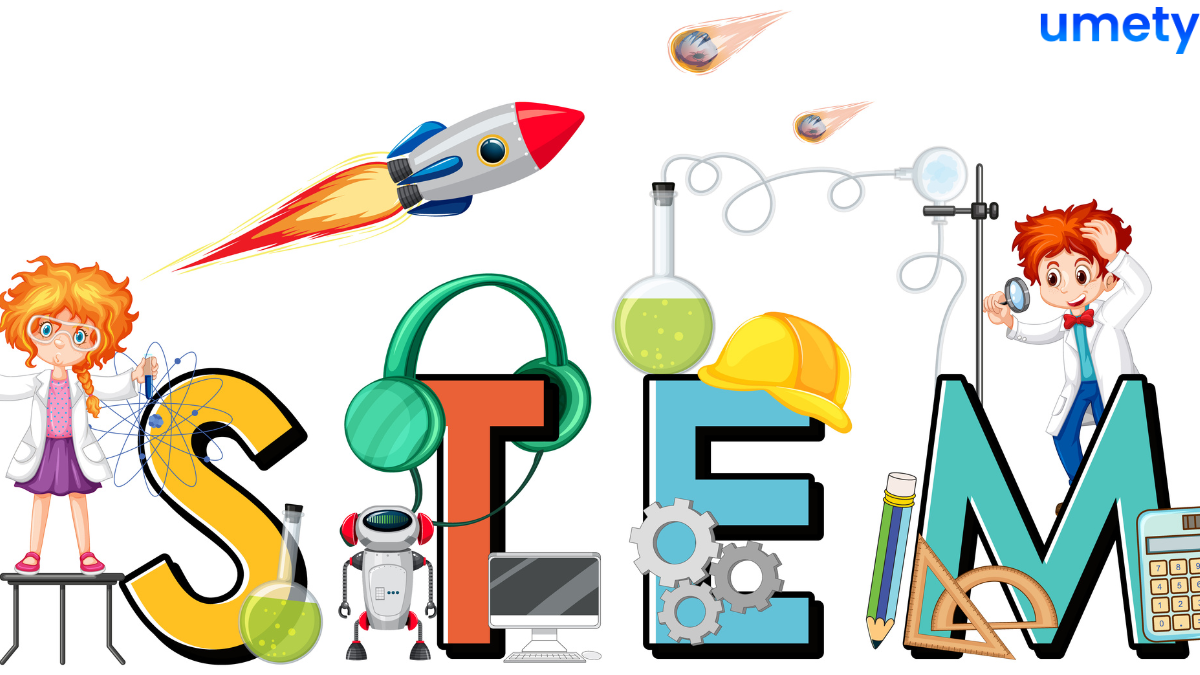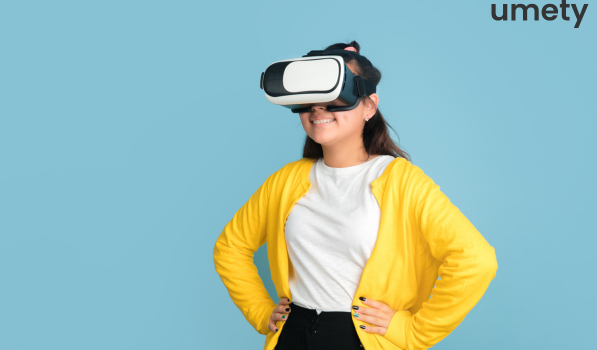What Benefits Can Virtual Reality Bring to STEM Education?
Virtual Reality (VR) is not just a buzzword, but a game-changer in STEM education. With its immersive and interactive capabilities, VR has the power to revolutionize the way students learn and engage with complex scientific concepts.
Imagine stepping into a virtual lab where you can conduct experiments, explore natural phenomena on virtual field trips, or even perform virtual dissections. The benefits are endless! Not only does VR enhance engagement and motivation, but it also promotes interactive learning, facilitates visualization and understanding, and fosters collaboration and teamwork. However, like any technology, VR comes with its own set of challenges and limitations.
From cost and accessibility barriers to potential health hazards, there are still issues to address. Nevertheless, with advancements in technology and wider adoption in educational institutions, the future of VR in STEM education looks promising. So, buckle up and get ready to embrace the VR revolution in learning.
Virtual reality in STEM Education: Benefits
The benefits of virtual reality in STEM education are as exciting as counting sheep. Who wants to count sheep when you can dive into the mesmerizing world of virtual reality? It's way more exciting than staring at those fluffy creatures hopping over fences. But hey, let's not get off track; we're here to explore the benefits, so let's dive right in!
First off, virtual reality enhances engagement and motivation like nothing else. Remember those mundane textbook readings? Well, say goodbye to those yawns and embrace the never-ending excitement of exploring virtual environments. With virtual reality, students can immerse themselves in realistic simulations, interact with objects, and be active participants in their learning journey. Who needs traditional learning methods when you can explore the wonders of virtual worlds?
Now let's talk about promoting interactive learning. We all know how it feels to sit in a classroom, nodding off as the teacher drones on about science theories that seem as distant as Pluto. But with virtual reality, students can embark on exhilarating virtual field trips to explore natural phenomena like volcanoes and coral reefs. They can manipulate objects and conduct simulated experiments, all while actively engaging with the content. Forget about those passive learning experiences; virtual reality makes learning interactive and, dare I say it, FUN!
Virtual reality also facilitates visualization and understanding. Complex concepts that once seemed as elusive as understanding cats' obsession with laser pointers suddenly become crystal clear. With virtual reality, students can visualize abstract concepts in three dimensions, making it easier for them to grasp complex ideas. Whether it's exploring the microscopic world or understanding complex mathematical models, virtual reality brings clarity to the table.
Last but not least, virtual reality fosters collaboration and teamwork. Remember group projects where you had to deal with that one person who contributed as much as a sleeping sloth? Well, virtual reality transforms teamwork into an exhilarating adventure. Students can collaborate with their peers in virtual environments, work together to solve problems, and learn from each other's perspectives. It's a collaborative experience like no other, where teamwork becomes an essential ingredient for success.
So there you have it! Virtual reality in STEM education enhances engagement and motivation, promotes interactive learning, facilitates visualization and understanding, and fosters collaboration and teamwork. It's time to bid farewell to the monotony of traditional classrooms and embrace the exhilarating journey of virtual reality! Buckle up, adventurers! The virtual world awaits!
Application of Virtual Reality in STEM Education
Virtual Reality (VR) has revolutionized the way education is imparted in STEM subjects. With its immersive technology, students can now experience scientific concepts in a whole new dimension. Whether it's exploring the depths of the ocean or conducting experiments in a virtual laboratory, VR offers a range of applications that enhance learning experiences.
Simulations for scientific experiments allow students to conduct complex experiments without the need for expensive equipment or safety concerns. In a virtual environment, they can manipulate variables, observe reactions, and analyze data in real-time. This hands-on approach to learning fosters critical thinking skills and encourages students to think like scientists.
Virtual field trips offer a unique opportunity for students to explore natural phenomena up close. Imagine embarking on a virtual journey to the Grand Canyon or the Amazon rainforest, where students can witness geological formations, understand ecological systems, and interact with diverse ecosystems. These virtual adventures not only make learning more exciting but also promote environmental awareness and conservation.
Virtual laboratories provide a safe and controlled environment for students to conduct experiments and practice skills. From mixing chemicals in a beaker to dissecting virtual specimens, students can engage in hands-on learning without the need for physical resources. This interactive approach allows them to make mistakes, learn from them, and develop a deeper understanding of scientific processes.
By incorporating VR into STEM education, students are not just passive learners but active participants in their own learning journey. It sparks curiosity, enhances engagement, and motivates them to explore new frontiers. However, despite the many benefits, there are challenges that need to be addressed, such as cost and accessibility barriers, potential health hazards, the need for trained instructors, and integration into existing curriculum. As technology continues to advance and educational institutions embrace VR, we can anticipate a future where virtual reality becomes an integral part of STEM education, providing students with endless opportunities to explore, discover, and innovate.
Future of Virtual Reality in STEM Education
The future of Virtual Reality (VR) in STEM education looks incredibly promising. With advancements in technology, VR is becoming more immersive and realistic, offering students an unparalleled learning experience. Educational institutions are gradually recognizing the potential of VR to enhance learning outcomes, leading to wider adoption of this innovative technology.
As educational content developers focus on creating VR-specific STEM content, students can look forward to engaging and interactive lessons that allow them to explore and understand complex concepts in a whole new way. So get ready to step into a future where learning is no longer confined to textbooks and classrooms. VR is here to revolutionize STEM education!
By enhancing engagement and motivation, promoting interactive learning, and facilitating visualization, VR makes complex concepts easier to grasp. It also fosters collaboration and teamwork, allowing students to work together on projects and share their discoveries. While there are challenges like cost barriers and the need for trained instructors, the future of VR in STEM education with Umety looks promising with advancements in technology and wider adoption in educational institutions.


.png)
Comments
Post a Comment